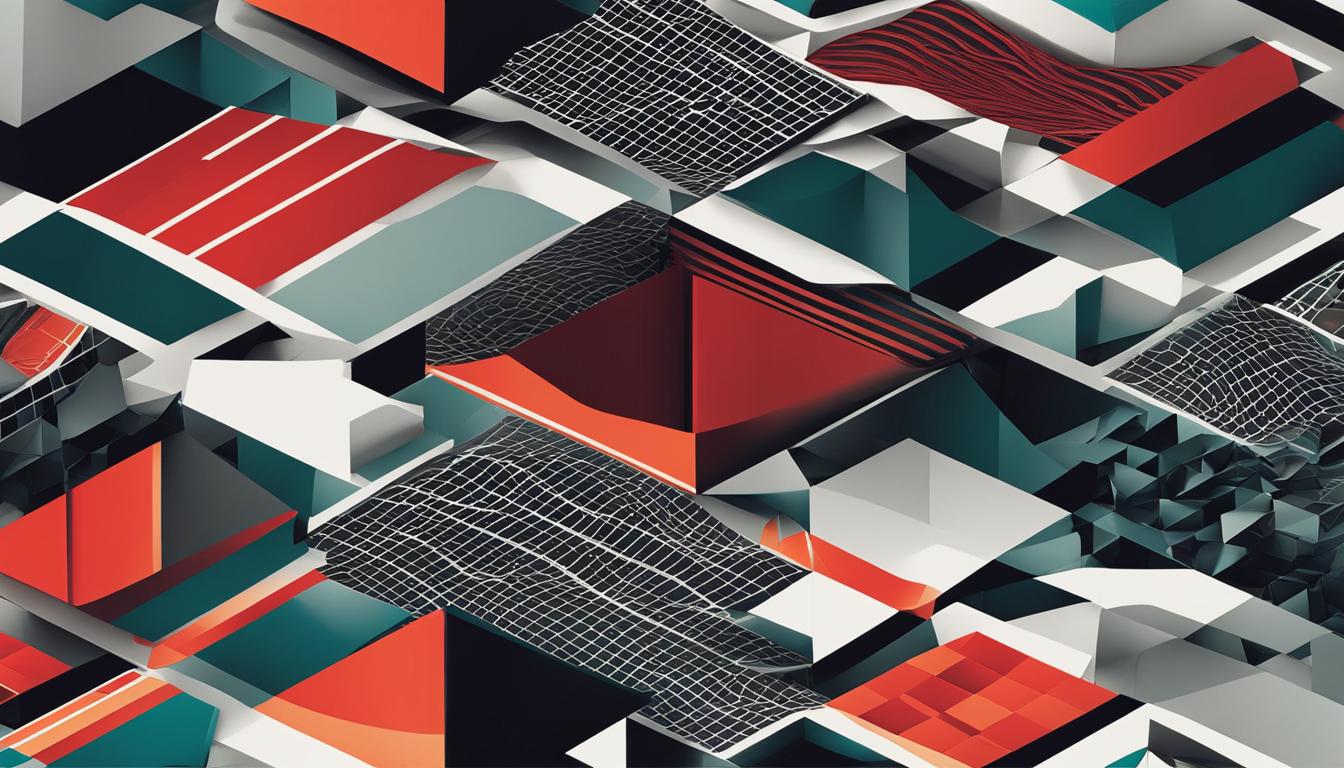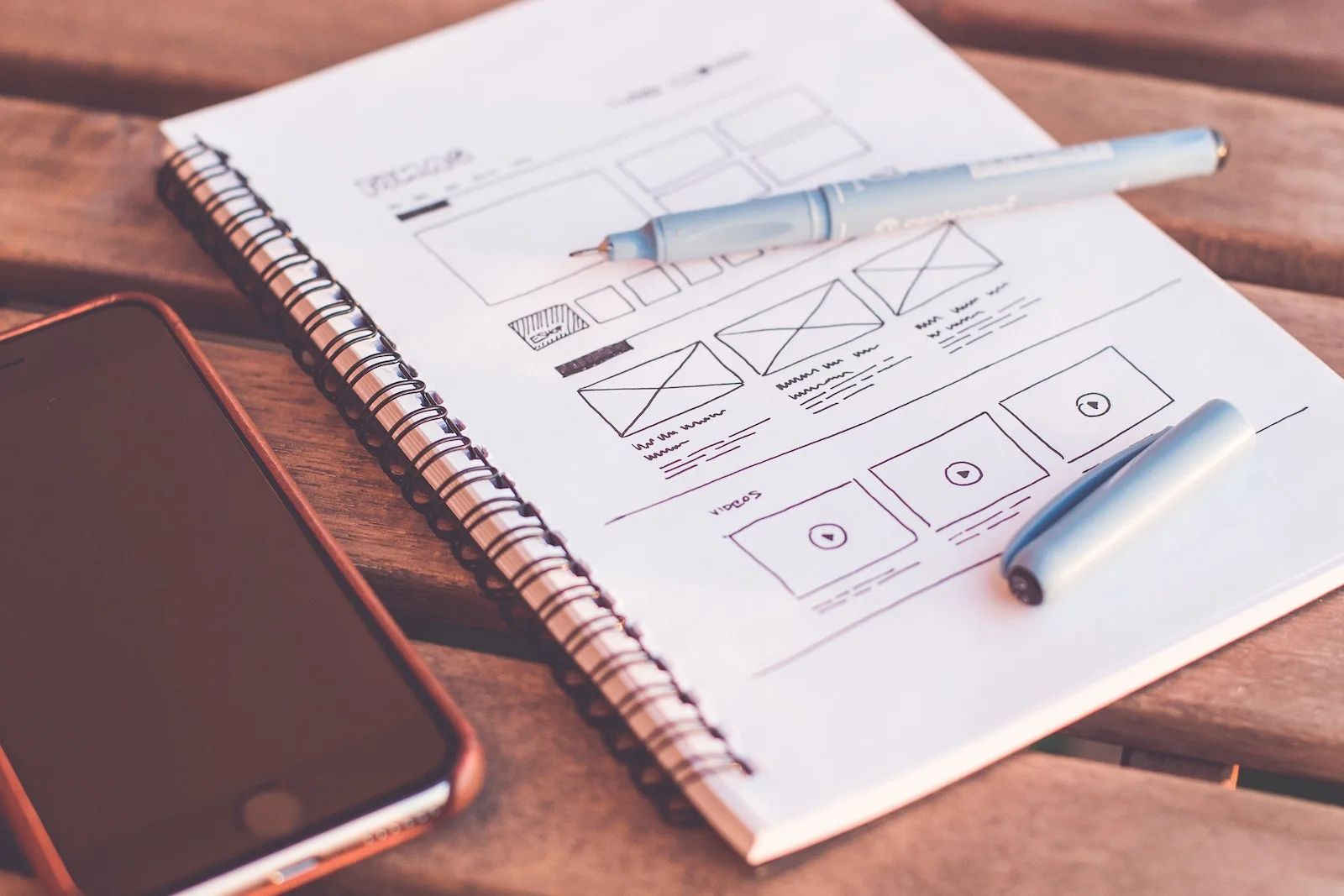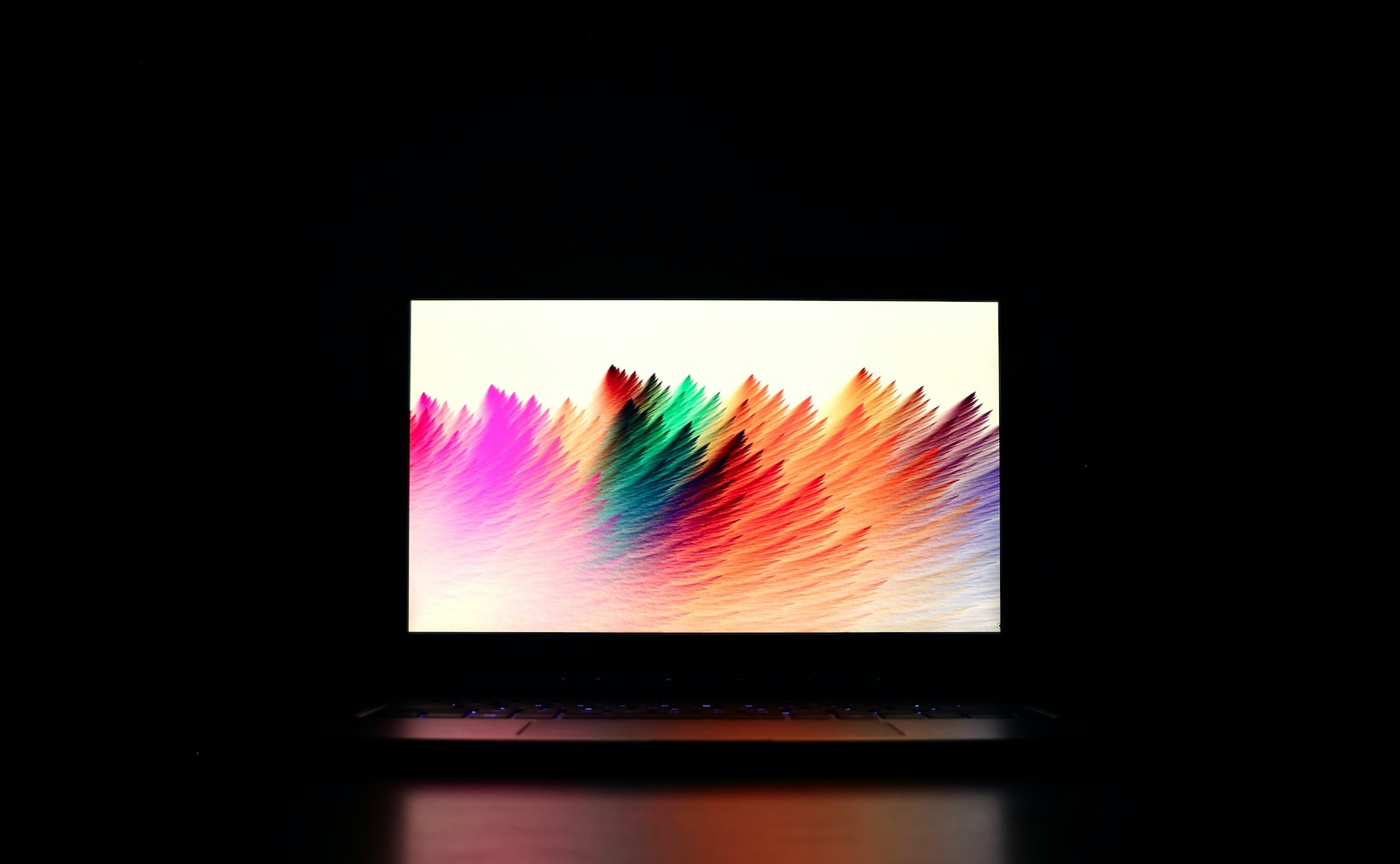When it comes to design, the layout is a crucial aspect that determines the organization and placement of visual elements. Two popular layout designs that often find themselves in contention are grid layouts and freestyle layouts. In this article, we will delve into the differences between these two approaches and explore their respective strengths and weaknesses.
Key Takeaways:
- Grid layouts provide structure and balance to designs, offering a framework for content organization.
- Freestyle layouts allow for greater creativity and flexibility in design, resulting in more unique and dynamic visual compositions.
- The choice between grid layouts and freestyle layouts depends on the specific design needs and goals of the project.
- Grid layouts are ideal for content-heavy designs, while freestyle layouts are more suitable for creative and visually unique designs.
- Understanding the differences and considering the pros and cons of each layout type is crucial in making an informed decision for your project.
Understanding Layout Grids: Anatomy and Parts
A layout grid is a fundamental tool in the world of design, providing structure and organization to visual elements. To fully comprehend the power of layout grids, it is essential to understand their anatomy and the different parts that make them up.
At its core, a layout grid consists of several key components that work together harmoniously. These components include:
- The Format: This is the area where the design is laid out. It serves as the canvas on which designers can arrange their elements.
- Margins: Margins are the empty spaces between the format and the content. They create a buffer zone, providing breathing room for the design.
- Flowlines: Flowlines are horizontal lines that help separate sections and create stopping points within the layout. They guide the eye and contribute to visual balance.
- Modules: Modules are the building blocks of the grid. They are created by the intersection of flowlines and vertical lines, allowing designers to position elements within defined spaces.
- Spatial Zones or Regions: These are groups of adjacent modules that form distinct areas within the grid. They enable designers to establish visual relationships between elements.
- Columns, Rows, and Gutters: Columns and rows are vertical and horizontal divisions within the grid, respectively. Gutters are the spaces between columns and rows. Together, they determine the structure and alignment of the design.
- Markers: Markers are areas in the header or footer of a design that allow for the repetition of information, such as page numbers or logos.
Understanding the anatomy and parts of a layout grid provides a solid foundation for effective design. By leveraging these components, designers can create visually appealing and well-organized layouts that capture the attention and engage the audience.
Table: Anatomy of a Layout Grid
| Component | Description |
|---|---|
| Format | The area where the design is laid out |
| Margins | Empty spaces between the format and content |
| Flowlines | Horizontal lines that separate sections and create stopping points |
| Modules | Building blocks created by flowlines and vertical lines |
| Spatial Zones or Regions | Groups of adjacent modules that form distinct areas |
| Columns, Rows, and Gutters | Vertical and horizontal divisions within the grid |
| Markers | Areas in the header or footer for repeating information |
Types of Layout Grids
Layout grids are essential tools in design, providing structure and organization to visual elements. There are various types of layout grids that designers utilize based on their specific project requirements. Let’s explore some of the most commonly used types of layout grids:
Symmetric Grids
Symmetric grids are characterized by their balanced and proportional design. They consist of an equal number of columns and rows, creating a harmonious layout. Symmetric grids are often used in print media and websites to provide a clean and organized structure. The symmetrical alignment of elements creates a sense of stability and order, making it easier for users to navigate and comprehend the content.
Asymmetric Grids
In contrast to symmetric grids, asymmetric grids offer a more dynamic and visually engaging layout. They feature an uneven distribution of columns and rows, allowing designers to create unique and unconventional designs. Asymmetric grids provide greater flexibility and enable designers to emphasize specific elements or create visual focal points. This type of grid is commonly used in contemporary web design and editorial layouts to create eye-catching and memorable compositions.
| Grid Type | Characteristics | Applications |
|---|---|---|
| Symmetric Grids | Equal number of columns and rows Balanced and proportional design Provides stability and order |
Print media Websites Editorial layouts |
| Asymmetric Grids | Uneven distribution of columns and rows Offers flexibility and dynamism Enables creation of visual focal points |
Contemporary web design Editorial layouts |
Choosing the right type of layout grid depends on the desired aesthetic, content structure, and user experience. Designers must consider the goals and requirements of their project to determine whether a symmetric or asymmetric grid will best serve their needs.
Benefits and Applications of Grid Layouts
Grid layouts offer numerous benefits in design and have wide-ranging applications in various industries. Understanding the advantages and potential drawbacks of grid layouts can help designers make informed decisions when it comes to organizing visual elements on a page.
Benefits of Grid Layouts:
- Structure and Organization: Grid layouts provide a structured framework that helps designers organize content and visual elements with precision. This structure ensures a balanced and harmonious composition, making it easier for users to navigate and comprehend the information presented.
- Consistency and Cohesion: By aligning elements to a grid, designers can achieve visual consistency, creating a cohesive user experience across different pages and devices. Grid layouts also facilitate the creation of responsive designs that adapt seamlessly to various screen sizes.
- Collaboration and Efficiency: Grids serve as a common reference point for designers, allowing for better collaboration and streamlined workflow. With a grid layout, team members can easily understand and work within the established design structure, saving time and minimizing errors.
Applications of Grid Layouts:
| Industry | Application |
|---|---|
| Web Design | Grid layouts are widely used in web design to create visually appealing and user-friendly interfaces. They help organize elements such as headers, menus, content sections, and images, ensuring a consistent and intuitive browsing experience. |
| Editorial Design | In print publications such as magazines, newspapers, and books, grid layouts provide a systematic approach to arranging text and images. They enable designers to establish a clear hierarchy and balance between different elements for optimal readability and visual impact. |
| Advertising and Marketing | Grid layouts are commonly used in advertising materials, brochures, and marketing collateral. They help present information in a visually appealing and organized manner, enhancing the effectiveness of brand messages and calls to action. |
Despite their advantages, grid layouts may have some limitations. They can restrict creative freedom and require careful attention to maintain visual interest. Designers must strike a balance between structure and innovation to create engaging and impactful designs.

Understanding Freestyle Layouts
Freestyle layouts offer designers the freedom to unleash their creativity and experiment with unique and dynamic designs. Unlike grid layouts, which provide a structured framework, freestyle layouts allow elements to be positioned without strict grid constraints. This flexibility allows for more artistic expression and the ability to create visually appealing and one-of-a-kind designs.
One of the main benefits of freestyle layouts is the ability to break away from the traditional grid structure. Designers can position elements at unconventional angles, overlap them, or create asymmetrical compositions. This freedom allows for more innovative and visually striking designs that can capture the attention of viewers.
However, there are also some potential drawbacks to freestyle layouts. With the absence of a strict grid system, designers must pay close attention to details and ensure that the layout remains cohesive and balanced. Without the guiding structure of a grid, it can be easier to create inconsistencies in spacing, alignment, or overall composition. Designers must carefully consider the relationships between elements and maintain a sense of visual harmony throughout the design.
| Pros of Freestyle Layouts | Cons of Freestyle Layouts |
|---|---|
|
|
When to Use Grid Layouts vs. Freestyle Layouts
Choosing between grid layouts and freestyle layouts depends on the specific design needs and goals of a project. Each layout type has its own advantages and considerations. Understanding the strengths and weaknesses of both options helps designers make an informed decision that aligns with the project’s requirements.
Grid layouts are ideal for content-heavy designs that require structure and consistency. They provide a systematic framework for organizing and aligning elements, making it easier to maintain visual balance and coherence. Grid layouts offer precise control over the positioning of elements, resulting in a clean and organized design. They are particularly effective for websites, magazines, and other projects where information needs to be presented in a structured and easily scannable manner.
Freestyle layouts, on the other hand, offer more creative freedom and flexibility. They allow designers to position elements without strict grid constraints, resulting in more unique and dynamic designs. Freestyle layouts are often used for projects that prioritize creativity and visual impact, such as art portfolios, fashion magazines, and experimental websites. However, it’s important to note that freestyle layouts may require more attention to detail and can be challenging to maintain consistency across different devices and screen sizes.
| Grid Layout Advantages | Freestyle Layout Advantages |
|---|---|
|
|
In conclusion, there is no definitive answer to which layout type is better. The choice between grid layouts and freestyle layouts should be based on the specific design goals, content requirements, and desired aesthetics of the project. Grid layouts excel in providing structure and consistency, making them suitable for content-heavy designs, while freestyle layouts offer more creative freedom and flexibility for visually unique projects. Designers should carefully evaluate the pros and cons of each layout type and select the one that best aligns with their project’s needs.
Conclusion
When comparing grid layouts and freestyle layouts, it becomes clear that the choice between the two depends on the specific design goals, content requirements, and overall aesthetics. Both layout types have their advantages and limitations, and designers must carefully consider these factors before making a decision.
Grid layouts offer a structured approach, providing a framework for easy content organization and maintaining visual balance. They are ideal for content-heavy designs that require consistency across different devices. However, grid layouts may limit creative freedom and require attention to maintain balance and proportion.
On the other hand, freestyle layouts offer greater creativity and flexibility, allowing designers to position elements without strict grid constraints. They result in more unique and dynamic designs, but may require more attention to detail and can potentially lead to inconsistencies in the overall design.
Ultimately, whether you choose a grid layout or a freestyle layout, understanding the differences between the two will help you create visually appealing and functional designs. Consider your project’s specific needs and goals, and choose the layout type that aligns best with those requirements. By doing so, you’ll be able to create designs that effectively communicate your message while captivating your audience.
FAQ
What is a layout grid?
A layout grid is a structure that organizes and positions visual elements in a design. It provides balance and structure, helping to create a cohesive and organized layout.
What are the parts of a layout grid?
The parts of a layout grid include the format, margins, flowlines, modules, spatial zones, columns, rows, gutters, and markers. Each part plays a role in creating a structured and balanced design.
What are the different types of layout grids?
There are several types of layout grids, including manuscript grids, column grids, modular grids, baseline grids, and hierarchical grids. Each type serves a different purpose and offers unique advantages.
What are the benefits of using a grid layout?
Grid layouts provide a structured framework for organizing content, maintain visual balance, facilitate collaboration among designers, and ensure coherence across different devices. They offer numerous advantages for content-heavy designs.
What are the advantages of using a freestyle layout?
Freestyle layouts allow for greater creativity and flexibility in design. They offer the freedom to position elements without strict grid constraints, resulting in more unique and dynamic designs.
When should I use a grid layout versus a freestyle layout?
The choice between grid layouts and freestyle layouts depends on the specific design needs and goals. Grid layouts are ideal for content-heavy designs that require structure and consistency, while freestyle layouts are more suitable for creative and visually unique designs.
How do I decide which layout type to use?
Designers should consider the pros and cons of each layout type and choose the most appropriate one for their project. It is important to align the layout type with the specific needs of the project, including design goals, content requirements, and overall aesthetics.
 Skip to main content
Skip to main content


